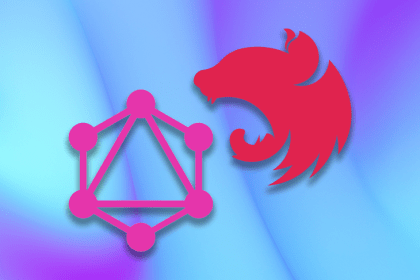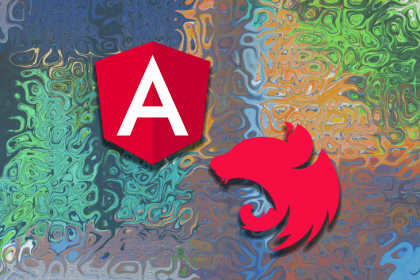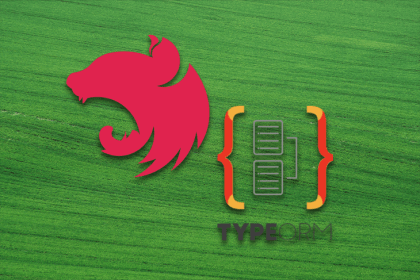
GraphQL provides a complete and understandable description of the data in your API and makes it easier to evolve APIs over time.

In this article, we will look at what NestJS interceptors are, how to use them, and some use cases for them.

NestJS middleware can help developers perform common tasks in applications. Let’s understand how to create and apply middleware in NestJS.

Learn how to create fine-grained access controls using guards in NestJS with TypeScript, and test the guards using Postman.

This guide provides a comprehensive understanding of how to use Angular and NestJS to build web applications.

In-app alerts provide your application users with real-time information; Firebase Cloud Messaging is a cross-platform messaging system that is a great tool for sending push notifications to your client app.

On a broader scale, there aren’t many differences between NestJS and ASP.NET. There’s a lot of overlap in the philosophies they pursue, most evidently in their heavy use of OOP.

This guide demonstrates how to create a scalable and reliable system using a microservices architecture with NestJS, Kafka, and TypeScript.

Learn how to leverage the built-in Node REPL environment to make the most of the NestJS REPL environment for your projects.

In this article, we will learn how to implement a secure Google single sign-on for your next NestJS project.

Learn how to integrate GitHub social login in a NestJS application, with a way that can be easily applied to other social media platforms.

Learn to create end-to-end tests in NestJS and use TypeORM to provide database connectivity in our application.